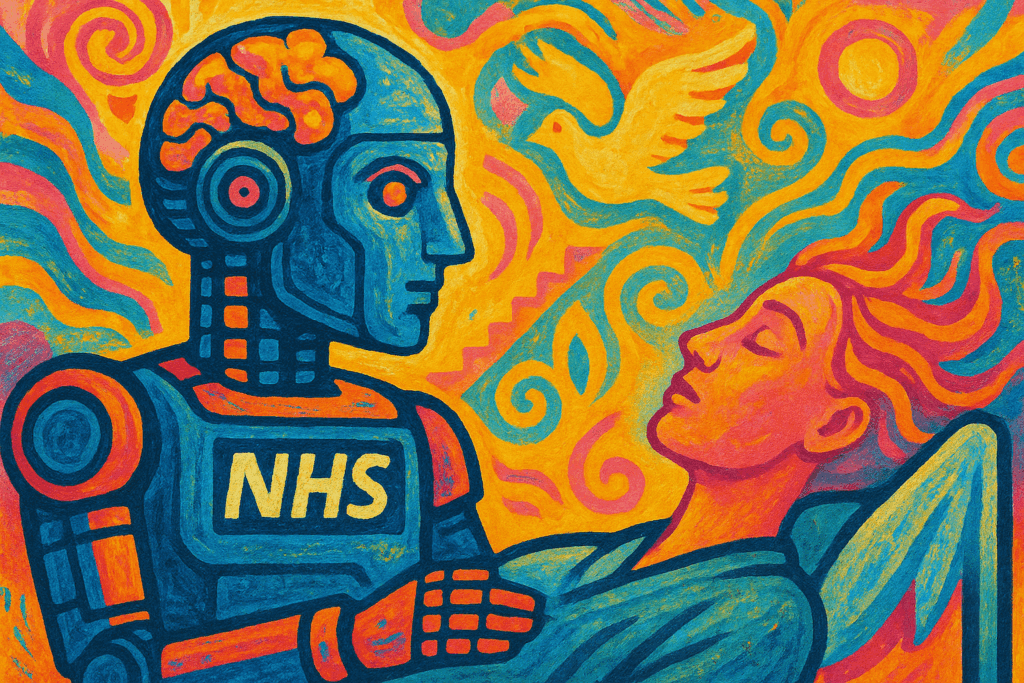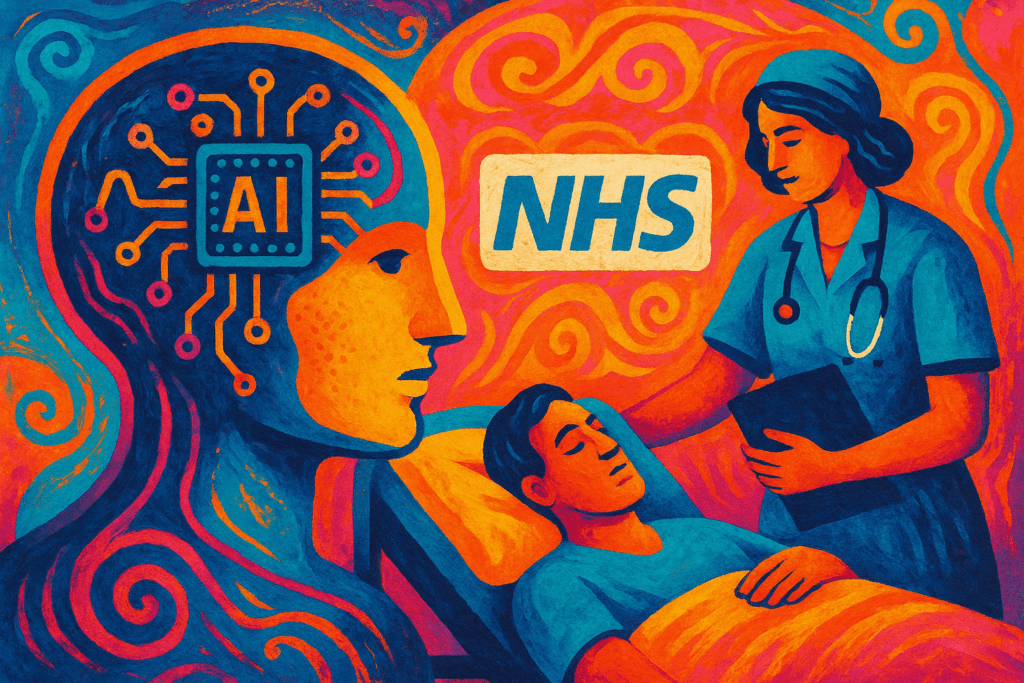The Unfolding Healthcare Cost Crisis
U.S. healthcare spending is a significant economic challenge, currently accounting for nearly 18% of the nation’s GDP and projected to reach 20% by 2028. Factors such as rising chronic diseases, administrative expenses, and pharmaceutical costs press upward on budgets. In this context, Artificial Intelligence emerges as a practical tool to curb escalating costs by streamlining resources and improving efficiency.
AI’s Multi-faceted Solutions for Cost Reduction
Streamlining Operations & Patient Care
Hospitals and health systems deploy AI to optimize staff allocation, automate administrative tasks, manage supply chains, and improve patient adherence to care plans. These applications reduce waste and operational inefficiencies, thereby lowering overhead expenses. For example, predictive scheduling driven by AI minimizes staffing shortages and overtime costs, while AI-powered inventory management prevents costly stockouts and surpluses.
Accelerating Drug Development
AI accelerates drug discovery through faster identification of viable compounds, simulation-based testing, and optimized clinical trials, potentially shortening development cycles by up to 30%. The U.S. Food and Drug Administration (FDA) supports this innovation through tools like Elsa, which uses AI to facilitate drug review processes, increasing approval rates and reducing time to market. These efficiencies translate into billions saved in research and development expenses.
Optimizing Managed Care
Managed care organizations and insurers utilize AI-driven predictive analytics to identify high-risk patients, tailor personalized treatment plans, and control utilization patterns. This supports value-based care models focused on outcomes rather than volume, resulting in lower costs and improved patient health. By forecasting healthcare needs accurately, payers reduce unnecessary services and hospital readmissions.
The Future of Affordable Healthcare
As AI technologies mature and integrate across healthcare sectors, their potential to reverse the trend of rising costs becomes clearer. Adoption by hospitals, biopharma companies, and payers could unlock substantial savings and improve care delivery. The path forward requires continued investment in AI tools and alignment with regulatory frameworks. AI’s role in creating a more affordable and sustainable healthcare system is no longer theoretical but increasingly actionable.




